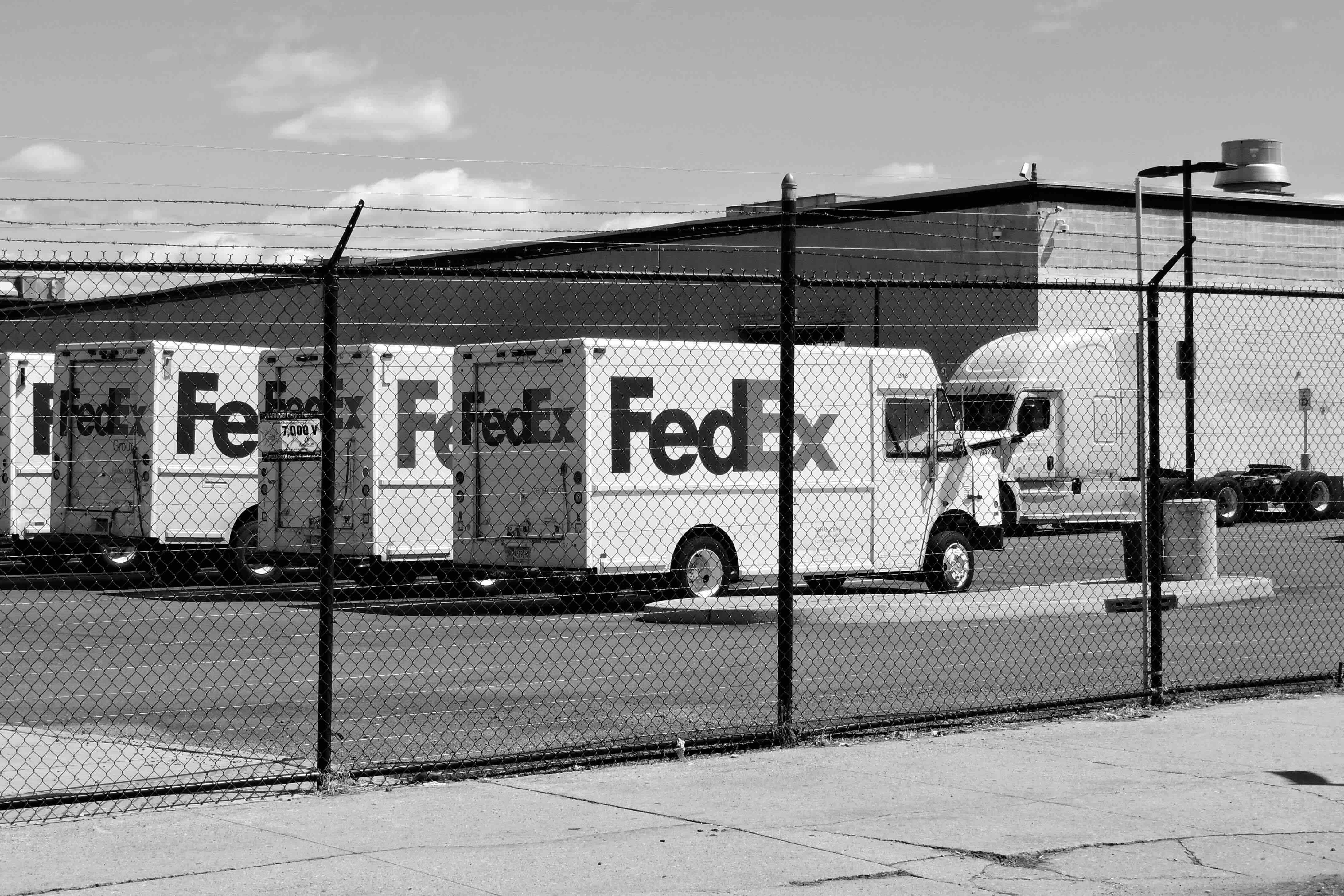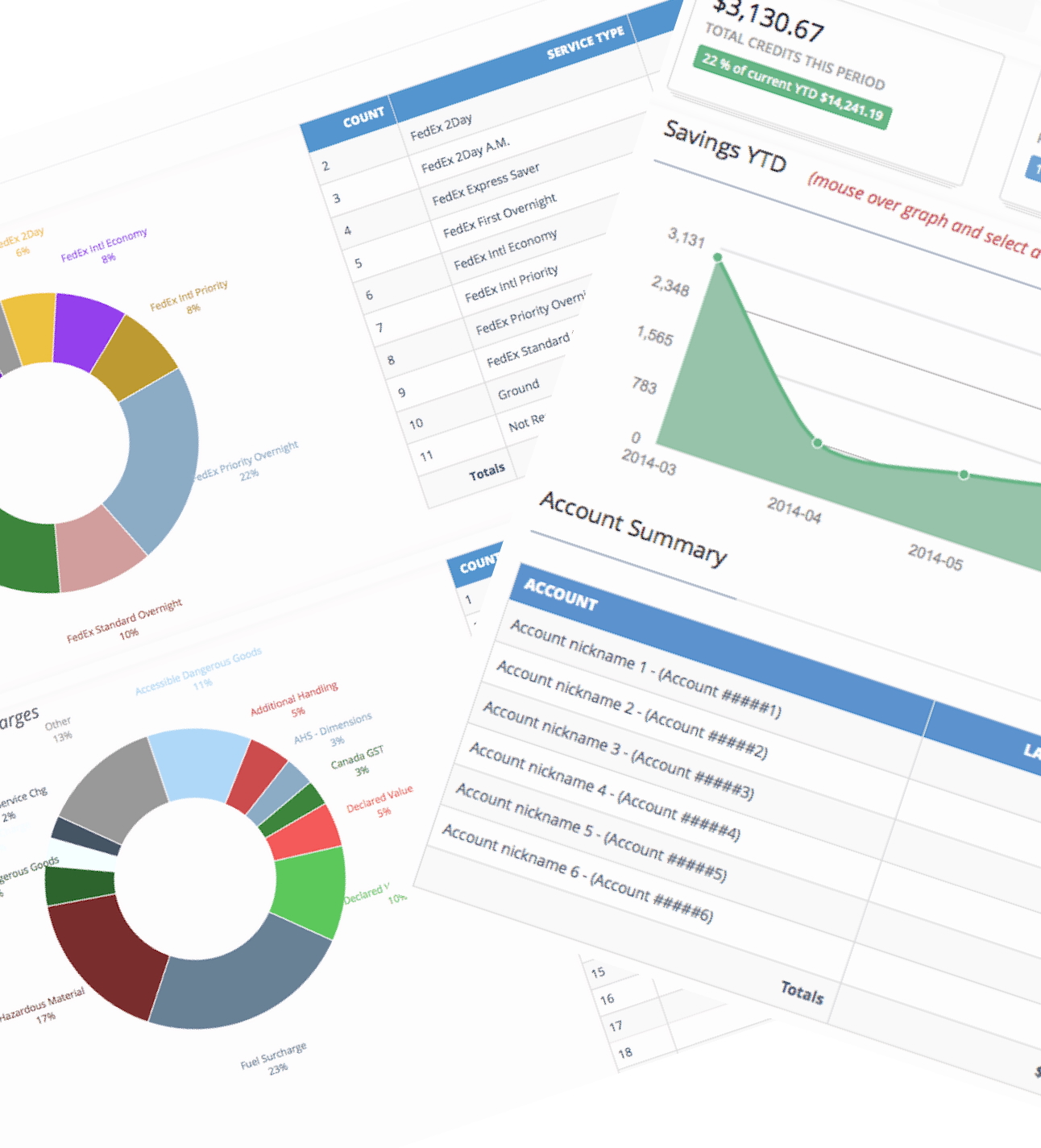Why You Might Be Missing Refunds — Even if You’re Auditing

Many teams assume they have time to catch late packages after invoices arrive.
They don’t.
The refund window for late deliveries from FedEx and UPS isn’t tied to the invoice date — it starts the moment the package is delivered. That means you typically have 15 calendar days from the actual delivery date to file for a refund.
Miss that window? The money is gone.
Here’s why this matters:
Let’s say a package was delivered last Friday — but it was 20 minutes late.
If your team doesn’t catch that by a couple Mondays from now, you’ve lost the chance to recover that refund. By the time the invoice posts, you might already be out of time.
Multiply that across dozens (or hundreds) of late packages each month and the dollars add up fast.
Most teams miss refunds because:
- They wait for invoices to be reviewed by multiple departments before reviewing detailed delivery results.
- Carrier alerts aren’t always reliable or detailed
- No one has time to manually track delivery timestamps
Even companies that do spot-check invoices often miss late deliveries simply because they’re looking at the wrong dates — or not tracking daily.
What can you do?
If your team is managing this in-house, the best first step is to check delivery timestamps daily, not just when invoices post.
Log into your FedEx and UPS tracking dashboards and compare delivery times to the published promised time for each service level. If the timestamp is even a minute late, a refund may be owed — but only for a short time.
It’s tedious. But it’s worth it.
If this sounds like too much to stay on top of, you’re not alone. This is why automated audit tools exist — to track those late deliveries every single day before the window closes.
Bottom line:
The 15-day clock starts ticking as soon as a package hits the doorstep. If you’re not watching that clock, refunds will slip by.



